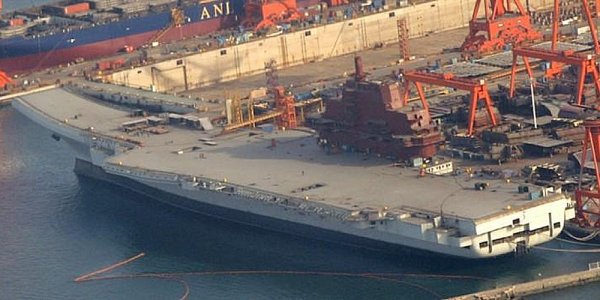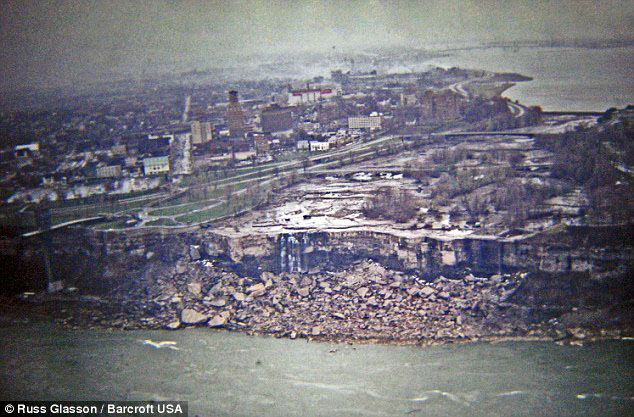Neal Stephenson on the ability of science fiction to inspire:
In early 2011, I participated in a conference called Future Tense, where I lamented the decline of the manned space program, then pivoted to energy, indicating that the real issue isn’t about rockets. It’s our far broader inability as a society to execute on the big stuff. I had, through some kind of blind luck, struck a nerve. The audience at Future Tense was more confident than I that science fiction [SF] had relevance — even utility — in addressing the problem. I heard two theories as to why:
1. The Inspiration Theory. SF inspires people to choose science and engineering as careers. This much is undoubtedly true, and somewhat obvious.
2. The Hieroglyph Theory. Good SF supplies a plausible, fully thought-out picture of an alternate reality in which some sort of compelling innovation has taken place. A good SF universe has a coherence and internal logic that makes sense to scientists and engineers. Examples include Isaac Asimov’s robots, Robert Heinlein’s rocket ships, and William Gibson’s cyberspace. As Jim Karkanias of Microsoft Research puts it, such icons serve as hieroglyphs — simple, recognizable symbols on whose significance everyone agrees.
Researchers and engineers have found themselves concentrating on more and more narrowly focused topics as science and technology have become more complex. A large technology company or lab might employ hundreds or thousands of persons, each of whom can address only a thin slice of the overall problem. Communication among them can become a mare’s nest of email threads and Powerpoints. The fondness that many such people have for SF reflects, in part, the usefulness of an over-arching narrative that supplies them and their colleagues with a shared vision. Coordinating their efforts through a command-and-control management system is a little like trying to run a modern economy out of a Politburo. Letting them work toward an agreed-on goal is something more like a free and largely self-coordinated market of ideas.





